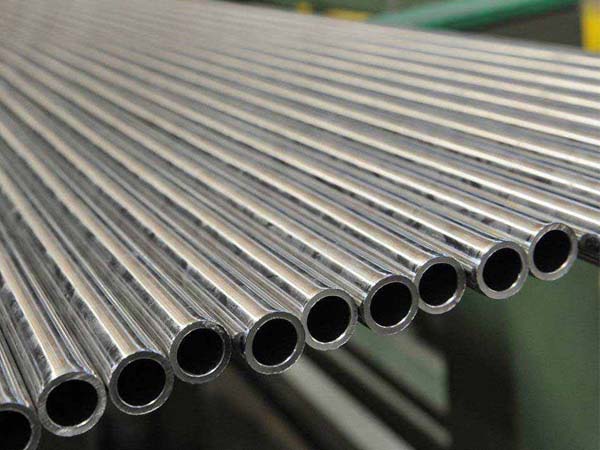

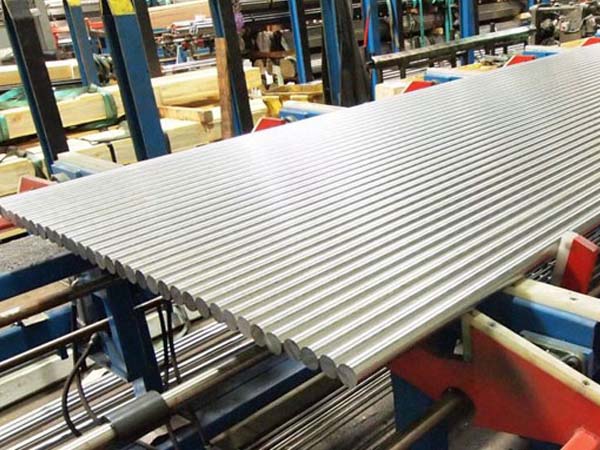

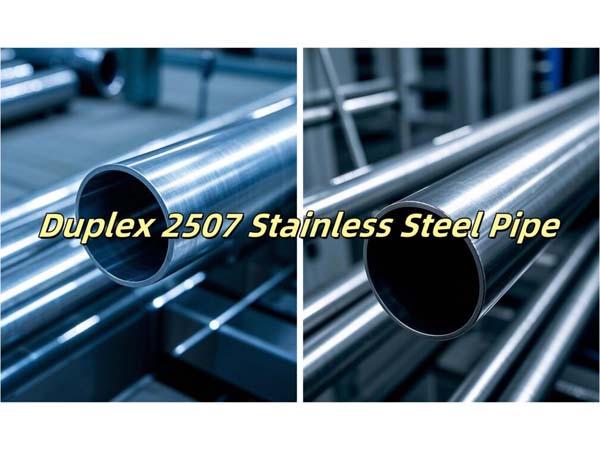

Phone
+86-731-82250427
Address
25th floor, C3 Building, Wanda Plaza, Kaifu District, Changsha, Hunan Province, China.
 May 24 2023
May 24 2023Stainless Steel: Stainless steel refers to the general term for alloy steel with high chemical stability. It can resist the corrosion of corrosive media such as air, water, acids, alkalis, salts and their solutions.
2. The forms of corrosion of stainless steel are mainly uniform corrosion, pitting corrosion, crack corrosion and stress corrosion cracking. Uniform corrosion refers to the phenomenon of corrosion that occurs on the metal surface in contact with the corrosive medium; Pitting corrosion refers to local corrosion that occurs on the surface of the metallic material, without corrosion or slight corrosion, but dispersed; corrosion in cracks, electrolytes, such as in an oxygen ion environment, When there is a gap between stainless steel or the surface is in contact with foreign objects, the gap of the flow solution will be delayed to solve the local Cl, formation from a concentration battery, which makes the space of the stainless steel passivation film absorb local Cl damage; Intergranular corrosion occurs in the glass Selective corrosion near the limit; Stress corrosion refers to the phenomenon of brittle cracks in stainless steel with extremely strong resistance under the action of a specific corrosion medium and stress stress.
3. Measures to avoid pitting corrosion: 1) reduce the content of chloride ions and oxygen ions 2) add chromium, nickel, molybdenum, silicon, copper and other alloying elements to stainless steel 3) work without cold to minimize the possibility of outcrops 4) Reduce the carbon content in the steel.
4. High temperature performance of stainless steel and heat resistant steel: brittleness at 475 ℃, mainly ferrite with Cr> 13%, long-term heating and slow cooling between 430-480 ℃, resulting in higher resistance or temperature negative at normal temperature High and low toughness; crystalline phase brittleness is a typical 45% Cr mass fraction, an intermetallic FeCr compound, non-magnetic, hard and brittle.
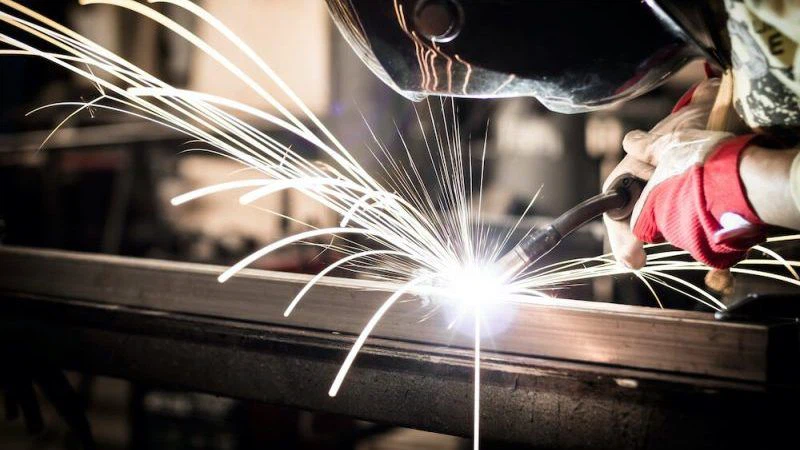
5. Corrosion resistance of austenitic stainless steel welded joints: 1) intergranular corrosion, 2) intergranular corrosion in the sensitized area of the heat affected area, and 3) blade-shaped corrosion.
6. Measures to prevent intergranular corrosion of the weld: 1) The weld materials make the weld metal ultra low carbon or contain stable elements sufficient Nb. 2) Adjust the composition of the weld to reach a certain gas phase. The theory of intergranular corrosion is essentially the theory of chromium depletion.
7. Intergranular corrosion in the sensitized zone of the heat affected zone: refers to intergranular corrosion that occurs in the heat affected zone welded to the maximum heating temperature of the sensitized heating zone.
8. Knife-shaped corrosion: The intergranular corrosion produced in the fusion zone is knife-shaped, which is why it is called "knife-shaped corrosion".
9. Knife-shaped measures to prevent corrosion: ① Use low carbon materials and welding materials ② ③ Use a stainless steel stage structure with low current welding to reduce the degree of overheating and the width of the area coarse-grained weld seam de The weld seam in contact with the corrosive medium is the latest weld ⑤ Cross-weld ⑥Improve the content of steel Ti and tuberculosis, therefore there is enough Ti, tuberculosis and carbonization in the grain limit area of coarse weld beads.
10. Why should stainless steel be welded with low current? Reduce the temperature of the heat heat affected area of the weld, avoid the intergranular corrosion of the weld, avoid overheating of the weld rod and wire, the deformation of the weld, the stress of the weld and reduce the input of hot.
11. Three conditions that cause stress corrosion cracking: environment, selective corrosion medium, and tensile stress.
12. Measures to avoid stress corrosion cracking: 1) Adjust chemical composition, ultra low carbon helps improve stress corrosion resistance, solve the problem of combining ingredients and media, 2) eliminate residual stress of 3) electrochemical corrosion, periodic inspection and timely repair, etc.
13. To improve resistance to pitting corrosion: 1) on the one hand, reduce the segregation of chromium and molybdenum 2) on the one hand, use so-called "superalloy" welding materials with a higher chromium and molybdenum content than the matrix.
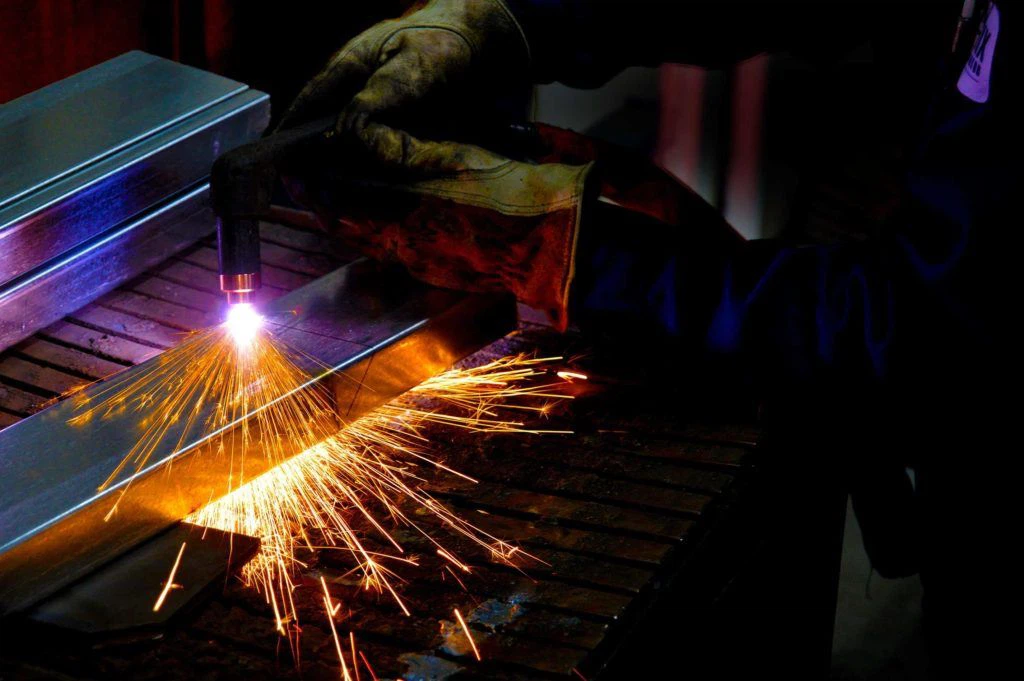
14. hot cracks, stress corrosion cracks, deformation by welding, intergranular corrosion when welding austenitic stainless steels.
15.Causes of hot cracks when welding austenitic steels:
16.Protective measures against hot cracks: (1) strict limitation of the P and S content of the base metal and the welding material (2) formation of the two-phase bead structure as far as possible (3) control of the chemical composition of the bead (4) low current welding.
What is the difference between the structures of welds of types 17.18-8 and 25-20 with regard to protection against hot cracks? The welds from section 18 to section 8 form a structure A + A, phase A can dissolve a large number of P, S, and phase A is generally 3 to 7%, while the welds from section 25 to section 20 form an A + primary carbide structure.
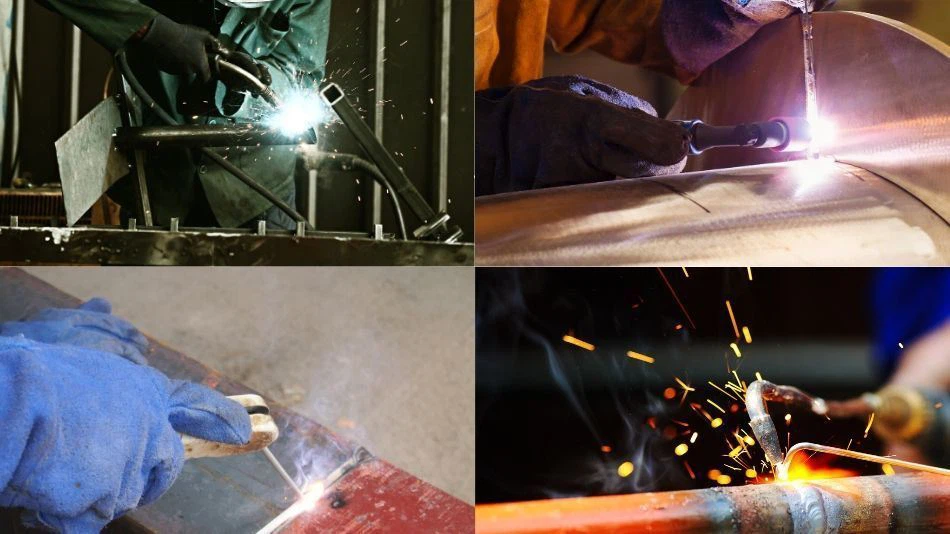
Austenitic stainless steels in the following: I struck maintains the principle of applicability ② each specific component of welded products chosen to determine the role applicability of specific applications of welding methods and parameters without other possible condensations in relation to the overall size ④ in accordance with the technical conditions in order to determine the degree of alloy ⑤ weldability of the system of alloys of the deposited metal, in the system of this alloy specific constituents, requirements in terms of performance and weldability .
Analyzes the weldability of ferritic stainless steels: 1) intergranular corrosion of welded joints of welded joints, weakening embrittlement at high temperature, mechanical embrittlement, 475 embrittlement ℃.
